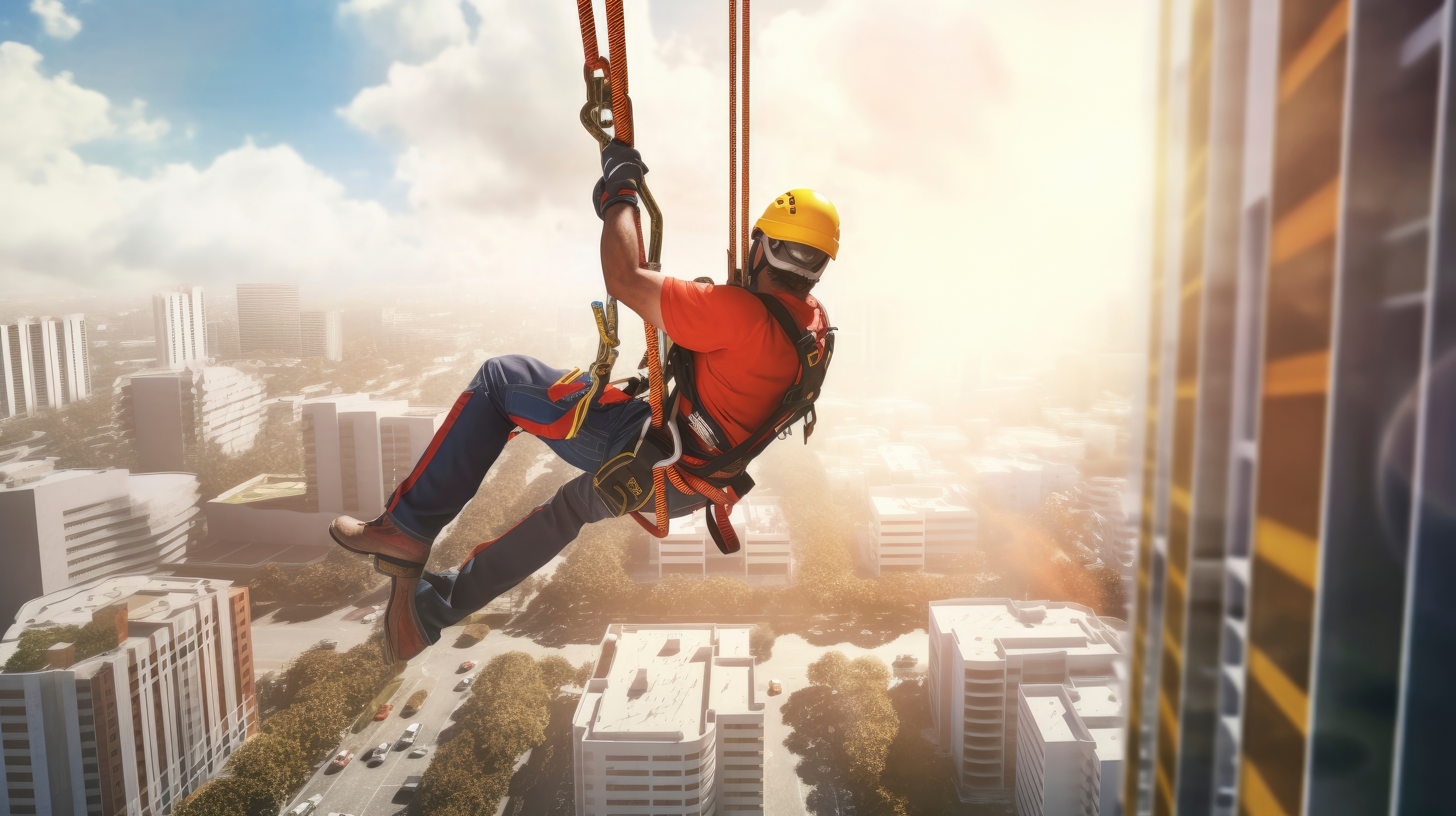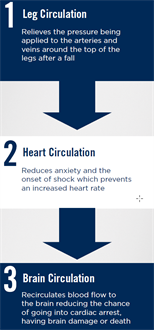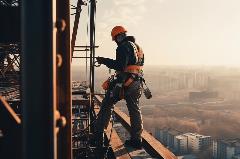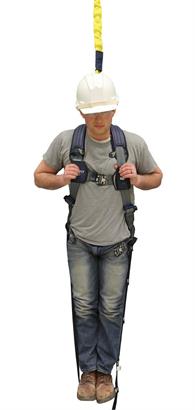Fall Protection Safety Tip: Are You Prepared in the Case of a Fallen Worker?

This blog article was originally published on the 3M Safety Now & Next Blog on November 16, 2022, and can be viewed here. It is republished with permission.

A fall from heights by an employee on a work site can be scary, costly, and devastating. But even after a worker’s fall has been successfully arrested by a personal fall arrest system, the suspended worker needs to be rescued promptly. A prolonged suspension in the full-body safety harness can cause significant discomfort, stress, and even orthostatic intolerance. Equipping harnesses with suspension trauma safety straps is an easy and effective way to help delay and possibly help prevent the onset of negative symptoms brought on by orthostatic intolerance. This part of a fall protection system can be an integral part of a rescue plan. Let’s learn more…
Suspension trauma is a serious hazard for those who work at heights and it is still a relatively under-explored area of study. “Suspension trauma (also known as ‘‘harness-induced pathology’’ or ‘‘orthostatic shock while suspended’’) is the development of presyncopal symptoms [near fainting] and loss of consciousness if the human body is held motionless in a vertical position for a period of time.”

Suspension trauma is often confused with the term “orthostatic intolerance” However, simply put, it is essentially a form of orthostatic intolerance, induced by prolonged suspension in a full-body safety harness. Symptoms of orthostatic intolerance include, but are not limited to, any of the following:
- Light-headedness
- Headache
- Fatigue
- Weakness
- Dyspnea (shortness of breath)
- Tremulousness
- Sweating
- Anxiety
- Palpitations
“After a worker’s fall has been successfully arrested by a personal fall arrest system, the suspended worker needs to be rescued promptly. A prolonged suspension in the full body harness can cause pooling of blood in the legs and the reduction of the return blood flow to the heart. The restrictions of the femoral arteries and veins caused by the harness straps can possibly worsen venous pooling. Other factors, such as immobilization due to injury, neurological disorders, aging, dehydration, traumatic shock, or norepinephrine transporter deficiency, can further accelerate the detrimental effects, which may damage vital organs, such as the kidneys. (Robertson, 2008; Seddon, 2002; Shannon et al., 2000).”
What are the Relevant Studies About Suspension Trauma?
Due to a general lack of empirical data available regarding actual suspension trauma casualties, there is a lack of clear consensus on just how quickly a person in distress must be rescued. To be sure, the nature of how a given fall arrest event occurs coupled with the individual factors mentioned above contributes to this lack of clarity. Nonetheless, the prevailing consensus is that rescue must be promptly and effectively carried out as soon as possible for the benefit of a suspended victim who has experienced an arrested fall event.

Of the limited human studies on record that address suspension tolerance time, two such studies published more recently in 2012 and 2015 with a modest number of participants (40 and 37 respectively) referenced approximately 29 minutes average suspension time tolerated. However, the amount of time tolerated among the cohorts varied substantially within both studies. It is important to note that both studies did not involve a fall event prior to suspension. Moreover, both studies predictably demonstrated symptoms of orthostatic intolerance occurring, including loss of consciousness in a notable segment of the participants.
In one study, where suspension from the harness dorsal D-ring was a main differentiator, the tolerance time for one individual was only approximately five minutes whereas another individual was able to tolerate as much as 56 minutes before any notable distress. Note: tolerance in this context meant the duration of motionless suspension until “(a) any sign of medical orthostatic intolerance or (b) a voluntary termination by the participant because of extreme discomfort.”
Variance in body characteristics (i.e., weight, height, upper and lower torso depths), harness fit and suspension angles were associated with decreased suspension tolerance time. Generally, the greater the height, depth and weight of a person, the lower the tolerance time. A thigh strap angle greater than 50° and an angle of suspension greater than 35° also had shorter suspension tolerance times associated. This study estimates having a well-fit harness and establishing a nine-minute rescue plan would ensure that no more than 5% of workers experience suspension trauma. The study also concludes “a self deployable suspension trauma relief accessory or mechanism that can be integrated into harness design to further harness-user protection would be useful.”
What Rescue Considerations Should be Taken After an Arrested Fall?

While there are many variables to consider, a person subjected to an arrested fall and suspended in a harness while awaiting rescue is in immediate danger and likely requires medical attention promptly upon rescue. In extreme cases, if rescue is not safely executed within a reasonable timeframe, the outcome can quickly progress to loss of consciousness and eventually, to other permanent disability or even fatality. Employers should have an effective plan for immediate, onsite rescue that takes into consideration:
- Not being limited to self-rescue, as assistance is likely required;
- Include contingencies for equipment and personnel availability;
- Regular practice for all those required to execute the plan;
- Simply calling 9-1-1 is not an appropriate, stand-alone rescue plan; and
- Suspension trauma relief/safety straps are equipped on all employee harnesses.
- Suspension trauma safety straps are an easy and effective way to help delay, and possibly help prevent the onset of negative symptoms brought on by orthostatic intolerance due to prolonged, static suspension. Many fall protection equipment manufacturers include such accessories in their harness designs or offer it as a potential add-on accessory.
Connect with Saf-T-Gard to Learn More
Industrial safety is our legacy going back 9 decades. For an overview of our 3M fall protection products, and to order for immediate shipment, please visit 3M.

